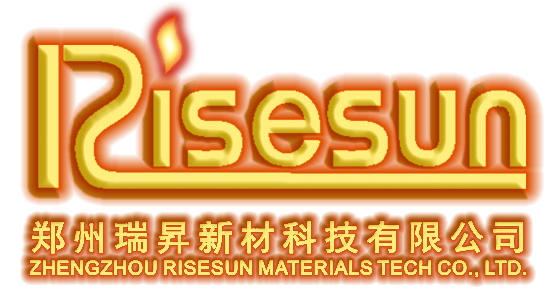29
2024
-
09
The Essential Guide to Molybdenum Disilicide Heating Elements: Applications and Benefits
Molybdenum disilicide (MoSi2) heating elements are increasingly popular in various high-temperature applications due to their exceptional characteristics. These materials are known for their ability to withstand extreme heat while maintaining structural integrity, making them ideal for environments that require reliable heating solutions. One of the primary advantages of molybdenum disilicide heat
Molybdenum disilicide (MoSi2) heating elements are increasingly popular in various high-temperature applications due to their exceptional characteristics. These materials are known for their ability to withstand extreme heat while maintaining structural integrity, making them ideal for environments that require reliable heating solutions.
One of the primary advantages of molybdenum disilicide heating elements is their high-temperature resistance. They can operate effectively at temperatures exceeding 1600°C (2912°F), which is often necessary in industrial processes like sintering, ceramics, and metal treatment. This makes them suitable for use in furnaces, kilns, and other high-temperature environments where traditional heating elements might fail.
Another notable feature of MoSi2 heating elements is their excellent thermal conductivity. This property ensures efficient heat transfer, allowing for uniform temperature distribution within the heating chamber. Such performance is crucial in applications that require precise temperature control, as it helps to minimize hotspots and ensures consistent results during manufacturing processes.
Durability is a key aspect of molybdenum disilicide elements. They exhibit remarkable oxidation resistance, which extends their lifespan in harsh environments. While other materials may degrade over time due to exposure to high temperatures and reactive atmospheres, MoSi2 maintains its performance, resulting in lower maintenance and replacement costs. This reliability is a significant advantage for industries relying on continuous operation without downtime.
Moreover, molybdenum disilicide heating elements are relatively easy to install and integrate into existing systems. Their compatibility with various furnace designs simplifies the upgrade process for manufacturers seeking to improve energy efficiency and performance without overhauling their entire heating system.
In addition to their practical benefits, MoSi2 heating elements also contribute to energy efficiency. Their ability to reach high temperatures quickly and maintain them reduces overall energy consumption, which is becoming increasingly important in today's environmentally conscious landscape. Businesses aiming to reduce their carbon footprint and operational costs can leverage these elements to enhance their sustainability efforts.
In conclusion, molybdenum disilicide heating elements are a superior choice for high-temperature electrical heating applications. Their ability to withstand extreme conditions, combined with excellent thermal conductivity and durability, makes them an invaluable asset for industries that demand reliability and efficiency. By understanding the benefits of MoSi2 heating elements, manufacturers can make informed decisions about their heating solutions, leading to improved performance and reduced operational costs.



